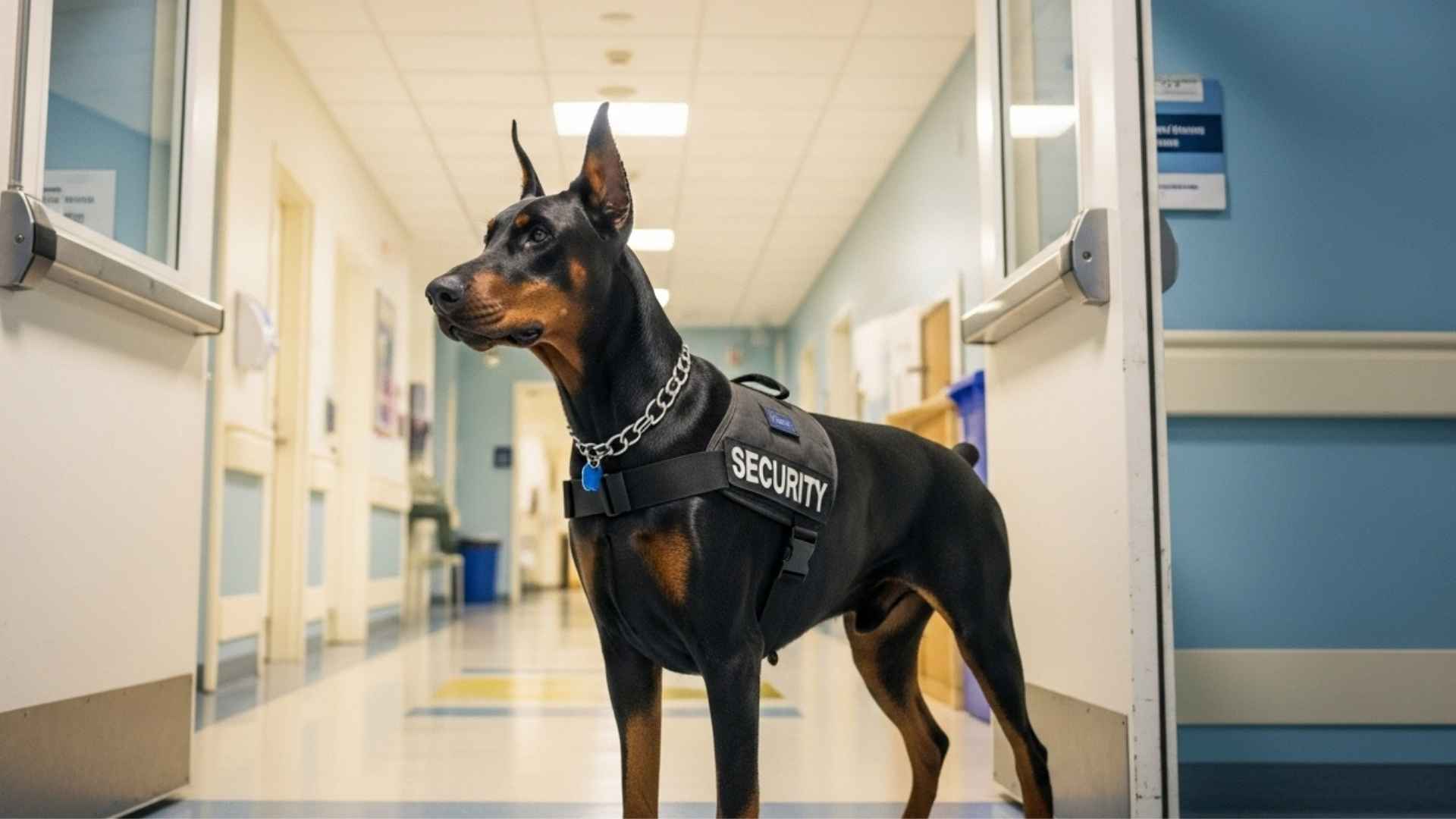How do you protect those who spend their lives protecting others? Nurses provide care in the most vulnerable hours of human life, yet they often face situations where their own safety is compromised.
Tensions can rise in emergency rooms, visitor disputes can escalate, and the late-night quiet of hospital corridors can be unsettling. Security guards and systems have their place, but some solutions offer more than physical protection.
Dogs have been trusted protectors for centuries, combining instinct, loyalty, and deterrence in ways humans cannot replicate. The right breed can provide a watchful presence without disrupting the delicate balance of a medical environment.
In this article, we will explore the best guard dog breeds that can be trusted to protect and support nurses’ units, where care and security must coexist.
Best Guard Dog Breeds For Nurses’ Units
1. German Shepherd
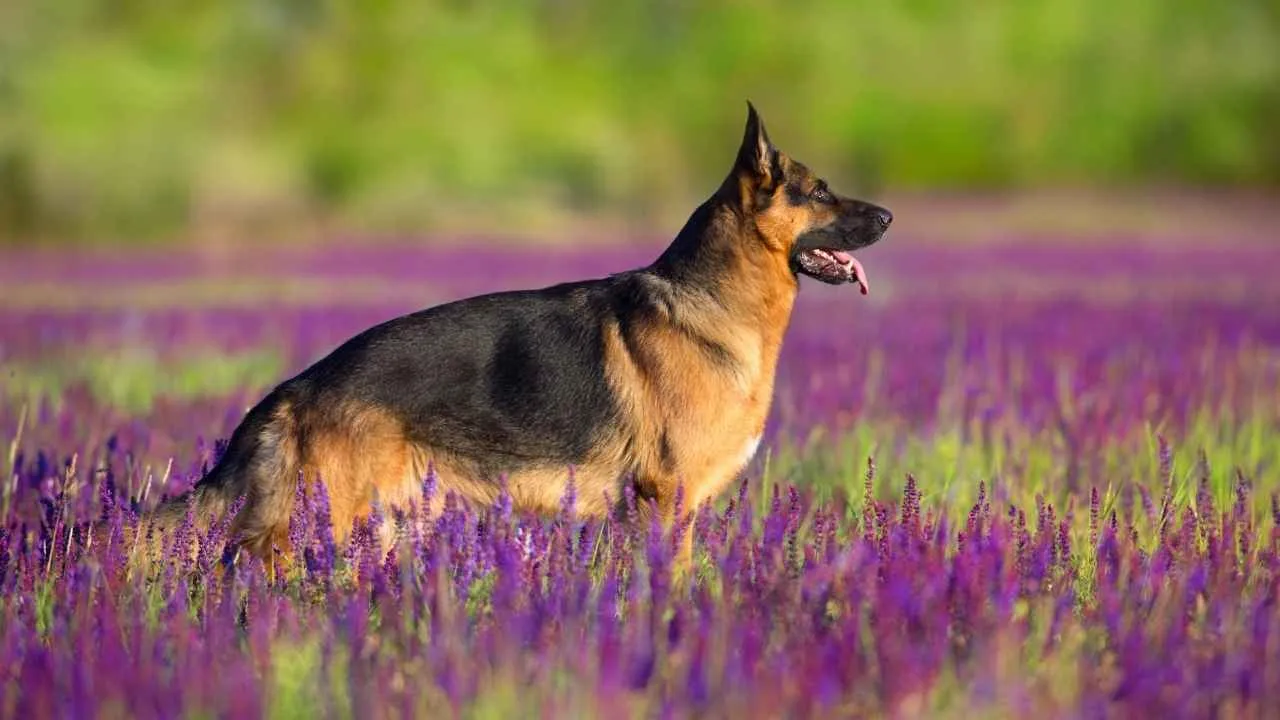
German Shepherds are valued for their sharp intelligence and trainability, making them dependable in high-stress environments. They respond quickly to changes in routine and maintain discipline in crowded spaces. This balance of composure and readiness fits perfectly in medical settings.
Alert and Adaptive Nature
These dogs adjust seamlessly to structured environments, even when surrounded by constant activity. Their awareness of movement and sound allows them to react to subtle cues. This ability provides reassurance where stability and vigilance matter most.

Strength and Obedience
With a muscular frame and strong drive, they combine physical strength with obedience. Their training background, often shared with service dogs, allows them to perform with purpose. This makes them both protectors and companions in professional spaces.
Trusted in Security Roles
German Shepherds are globally recognized as police dogs, a reputation built on reliability and courage, as Britannica highlighted. For any dedicated dog owner, their loyalty adds both confidence and peace of mind. This history of trust shows why they remain consistent choices in protection.
2. Boxer
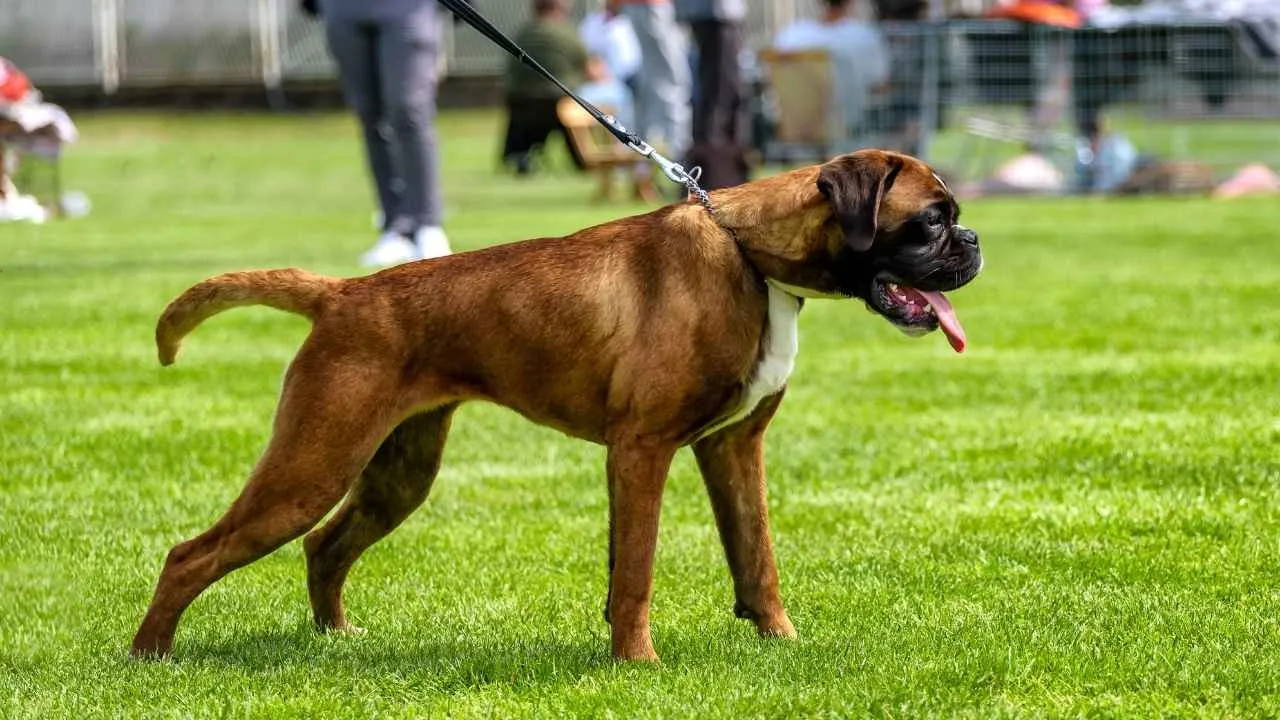
Boxers bring a mix of athleticism and alertness that suits busy environments where movement never stops. Their endurance helps them remain watchful even after long periods of activity. Quick reactions allow them to respond instantly to sudden noises or unfamiliar visitors.
Temperament in Care Settings
This breed is known for being steady and tolerant, qualities that blend well in nurse-led environments with constant interaction. They balance their protective role with calmness when familiar staff and patients are present. This keeps them adaptable in active households or work-related housing.
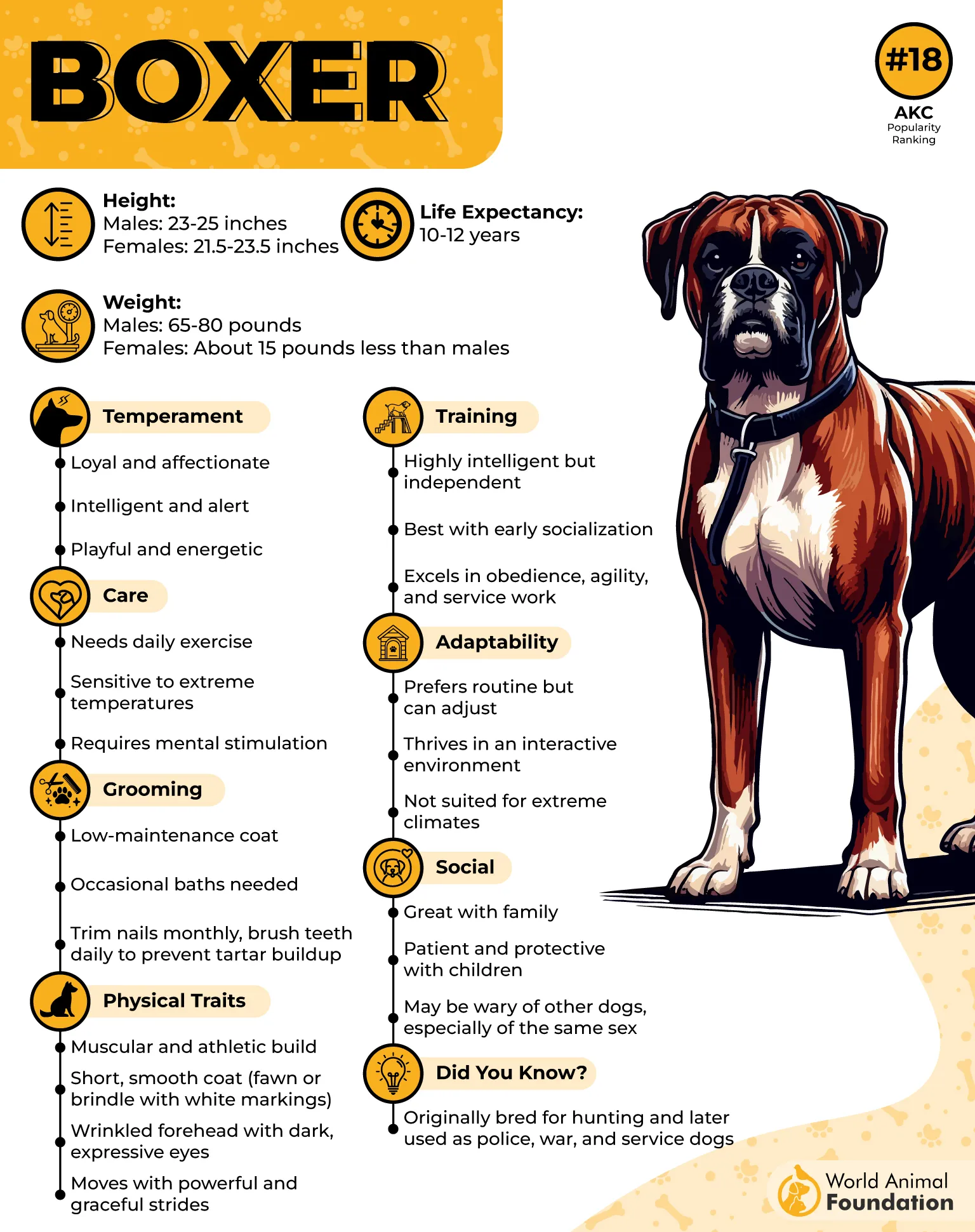
Trainability and Control
With proper training, Boxers channel their energy into disciplined routines that enhance their guarding instincts. Their eagerness to learn commands allows them to stay under control in areas where stability is essential. Consistent guidance ensures their focus remains sharp.
Loyalty to Human Circles
Boxers are valued as dependable family dogs, but in protective roles, they extend this loyalty to everyone within their trusted circle. Key strengths include:
Alertness during both day and night shifts
Ability to distinguish routine from threat
Bonding with multiple caregivers at once
3. Staffordshire Bull Terrier

Did You Know: The Staffordshire Bull Terrier has earned the nickname “nanny dog” in the UK for its reputation of being gentle and watchful with children.
Staffordshire Bull Terriers handle active environments well, which makes them suitable for places with constant foot traffic. They adapt to routine quickly and can remain calm even when exposed to different people moving through a shared unit.
Loyalty With Protective Instincts
Their natural bond with people gives them a strong attachment to those they live with. This breed has a history of being watchful over family members, and when properly trained, they balance protection with control. Their alertness ensures awareness of unusual movements.
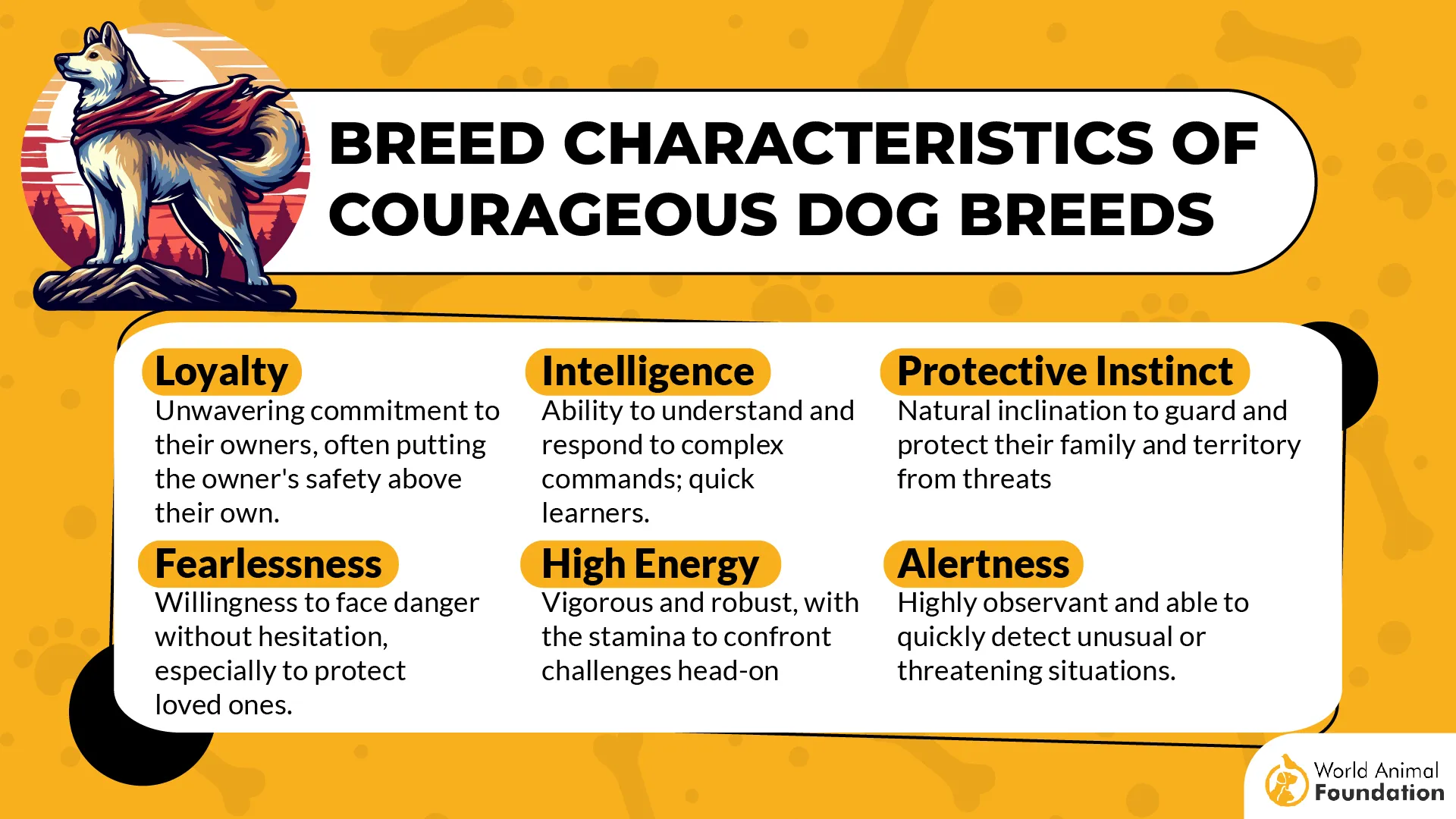
Physical Strength in a Compact Frame
Despite being medium-sized, they carry a muscular build and surprising strength. This physical presence allows them to act as deterrents without appearing intimidating to colleagues or patients. They fit well into smaller living quarters where space is limited.
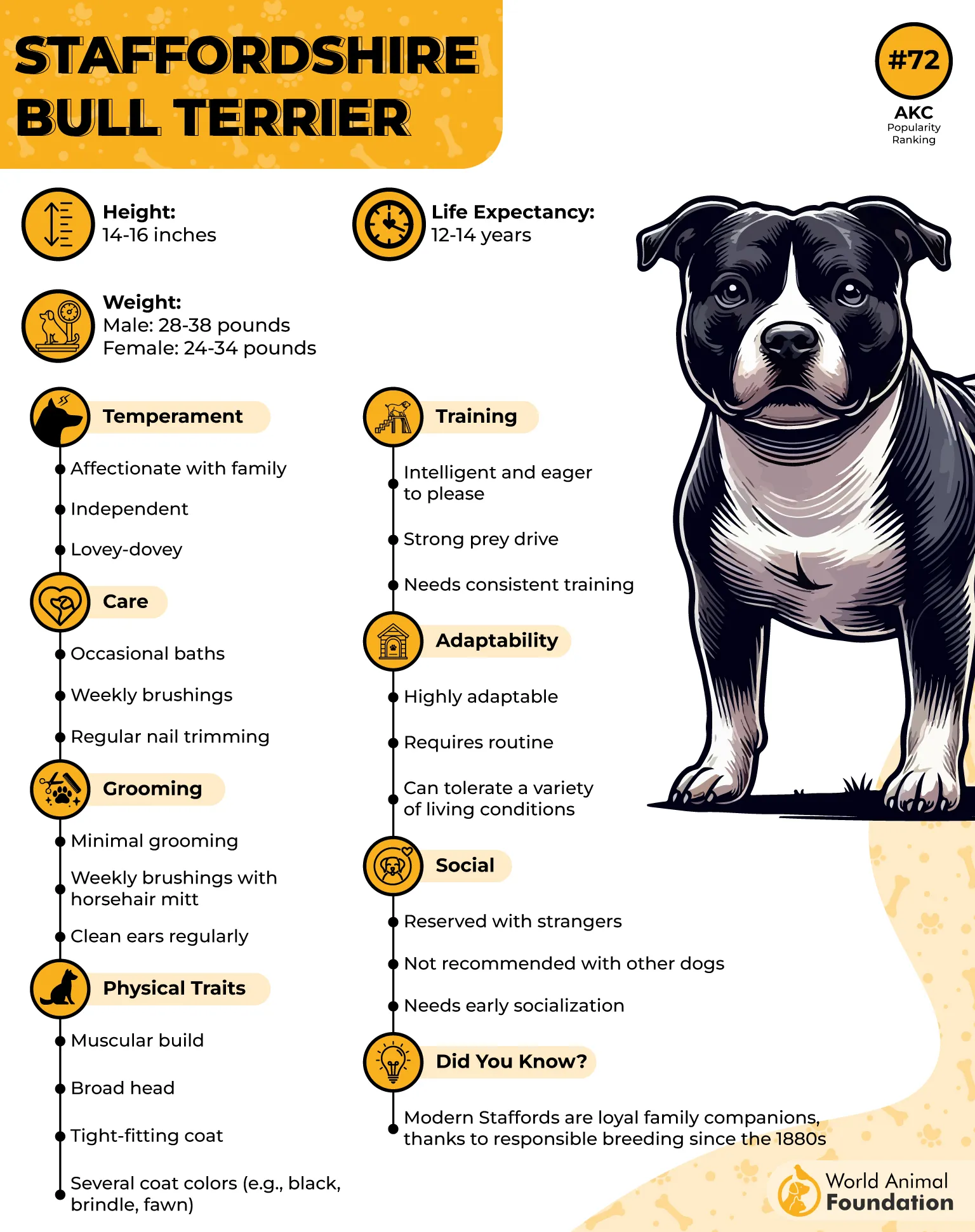
Reliable Companionship
The Staffordshire Bull Terrier is considered an affectionate breed that thrives on interaction and closeness. Their eagerness to please makes them easier to manage in structured environments. This mix of warmth and attentiveness can be especially reassuring in nurses’ units.
4. Bullmastiff
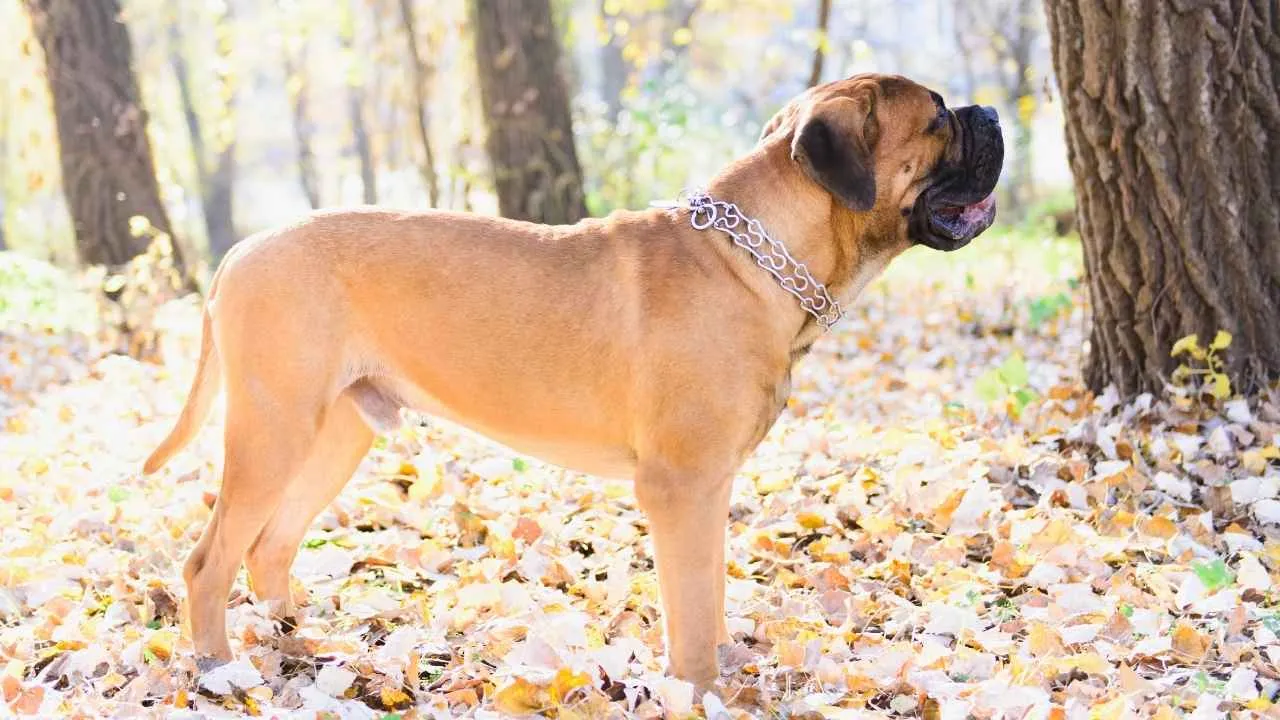
Did You Know: The Bullmastiff was known as the “Gamekeeper’s Night Dog” in 19th-century England, where it was used to quietly track and pin poachers.
Bullmastiffs were originally developed in England to guard estates from intruders and poachers. Their controlled aggression and powerful stature make them ideal for environments where safety must be ensured without excessive noise. Calm watchfulness is one of their most valued traits.
Quiet Strength
Weighing up to 130 pounds, these big dogs use sheer size and presence to deter threats before any physical confrontation occurs. They are less vocal than most dogs, relying on physical authority instead of constant barking. This steady nature makes them easier to keep in structured facilities.
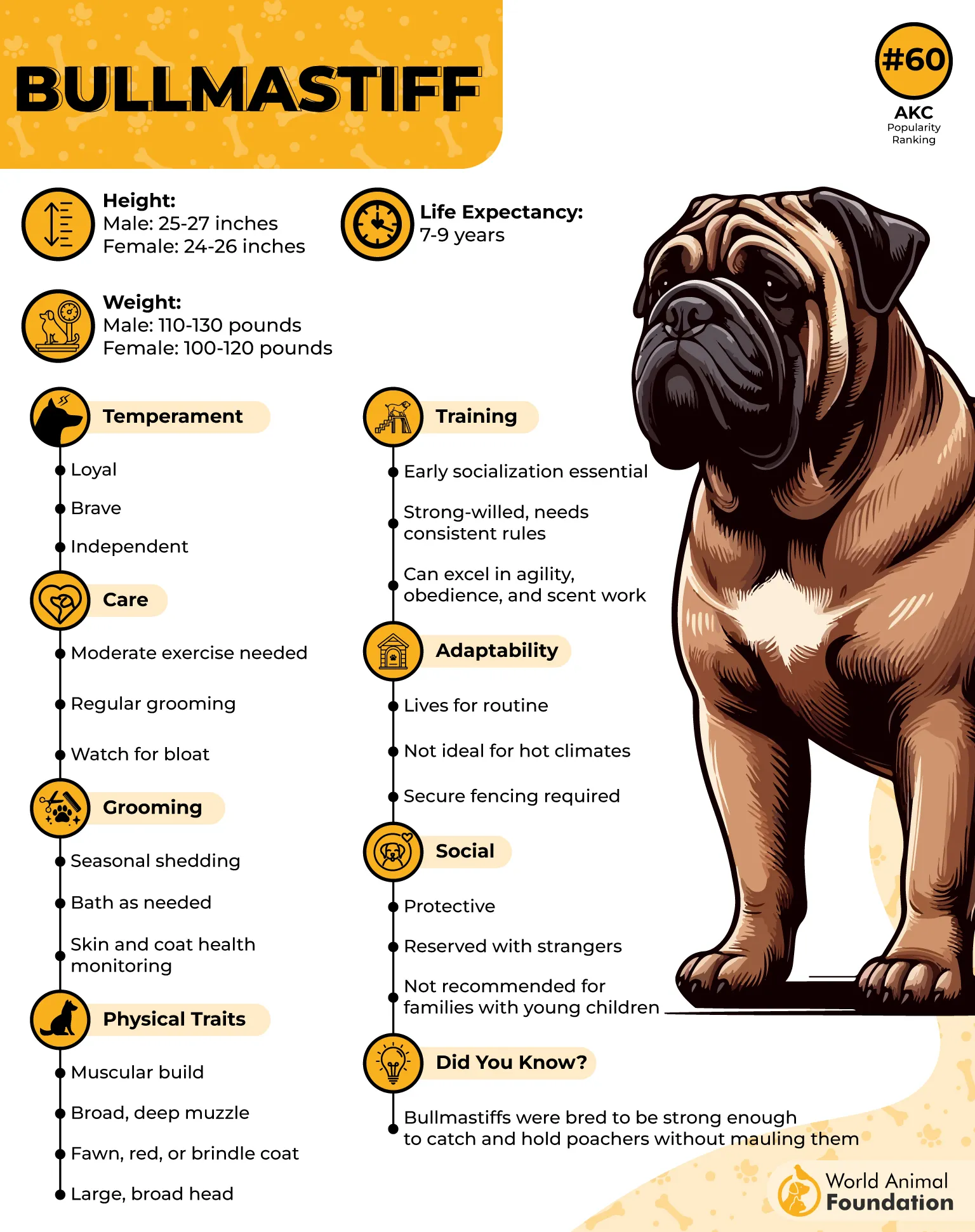
Trainable Protectors
With obedience training, Bullmastiffs learn to balance their guarding instincts with discipline. Their reliability improves in organized settings such as nurses’ units, where controlled responses matter more than raw power. Consistency in commands ensures they remain both gentle and protective.
Reliable Working Companions
They belong to the group of working dogs recognized for their endurance and protective drive, as per the AKC. Bullmastiffs manage long hours on duty without losing attentiveness, giving them value in settings where constant monitoring is necessary. Their focus reduces the margin for unexpected incidents.
5. Belgian Malinois
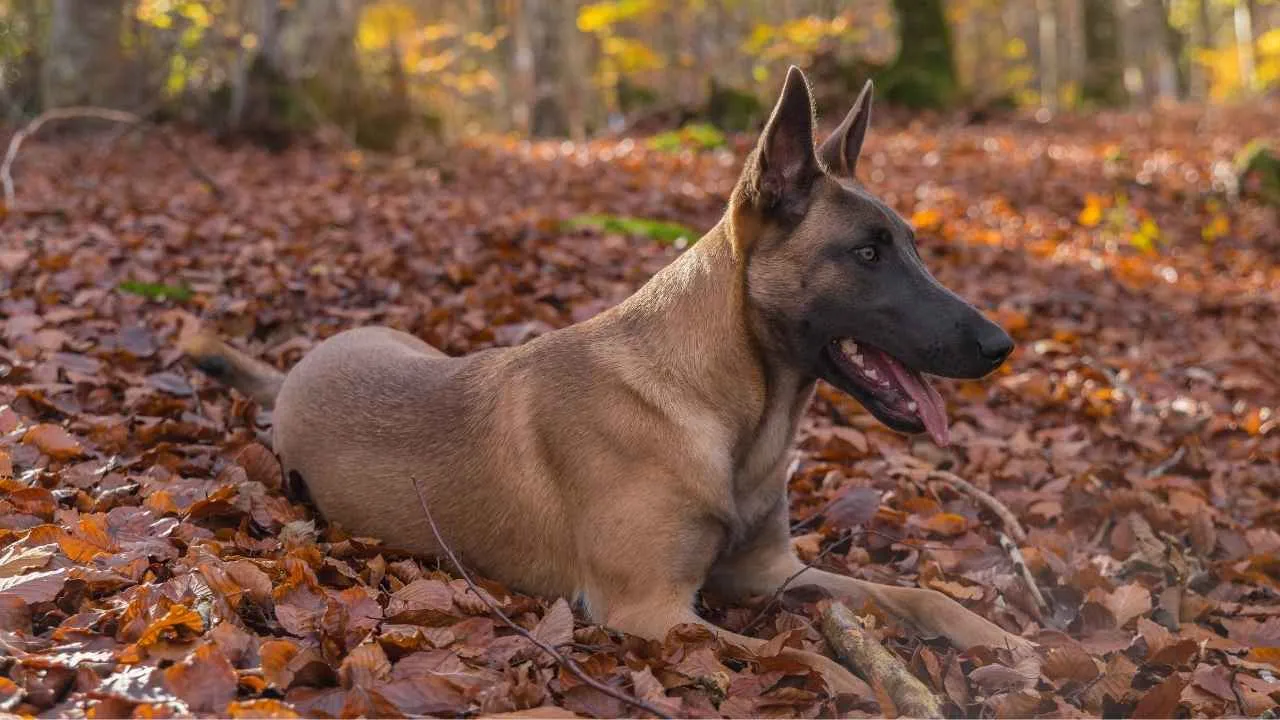
Belgian Malinois are valued for their unmatched stamina and focus, making them reliable protectors in active environments like medical staff housing. Their alert presence discourages trespassers and provides reassurance for nurses working late shifts.
Quick Learning Ability
This intelligent breed adapts rapidly to structured routines, which is essential in busy units where schedules change frequently. With consistent guidance, they learn to distinguish between staff, patients, and potential intruders, ensuring effective security.
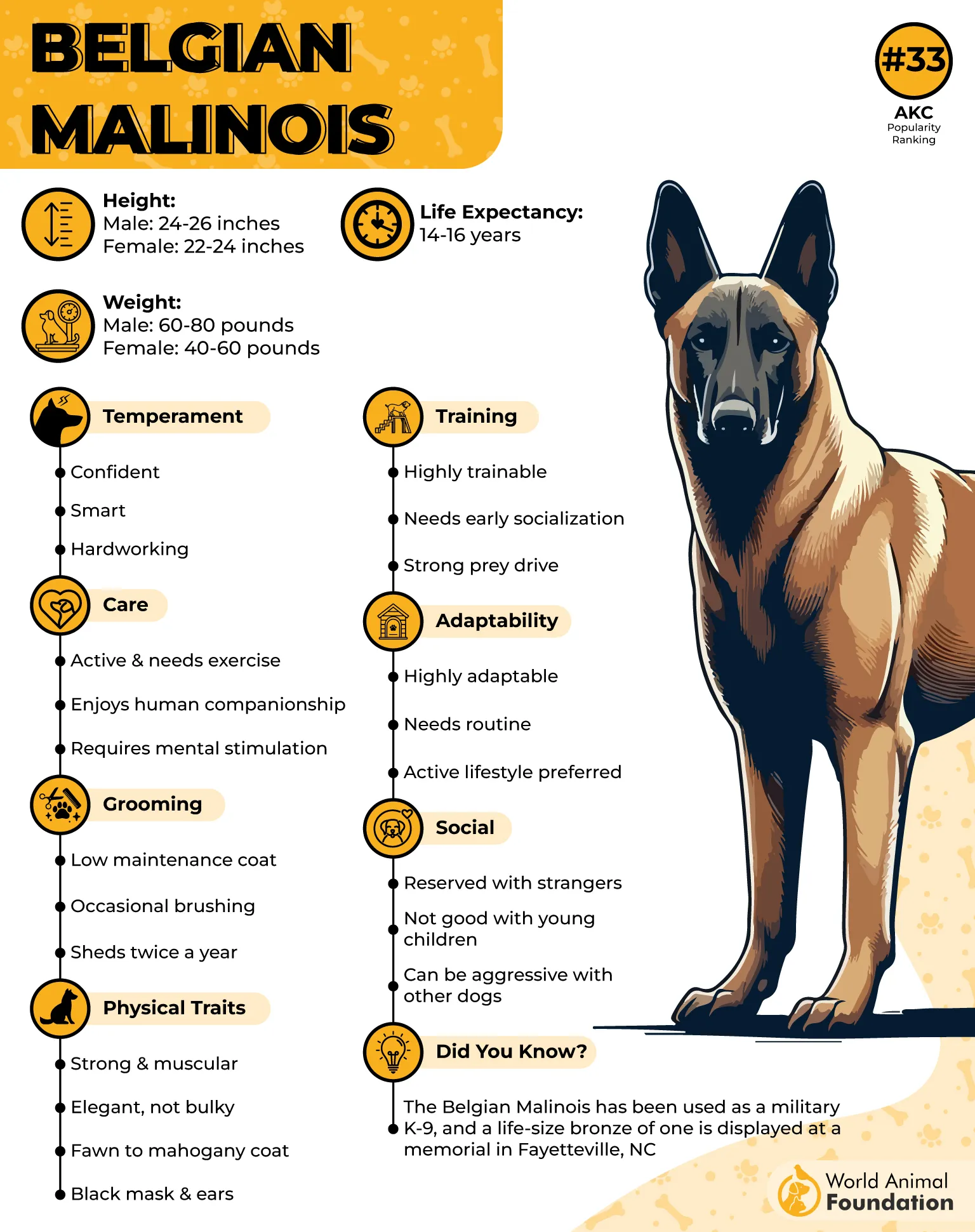
Family and Unit Protection
They balance loyalty with vigilance, showing devotion to both families and shared community spaces. Their protective instinct makes them great guard dogs in residential settings connected to hospitals. Nurses benefit from a breed that can provide companionship and safety at once.
Physical Agility and Endurance
As high-energy dogs, Malinois excel in long patrols and fast-response situations. Their athletic build allows them to cover ground quickly when guarding entry points. Key traits include:
Strong sprinting ability
High endurance for long shifts
Quick recovery after activity
6. Doberman Pinscher
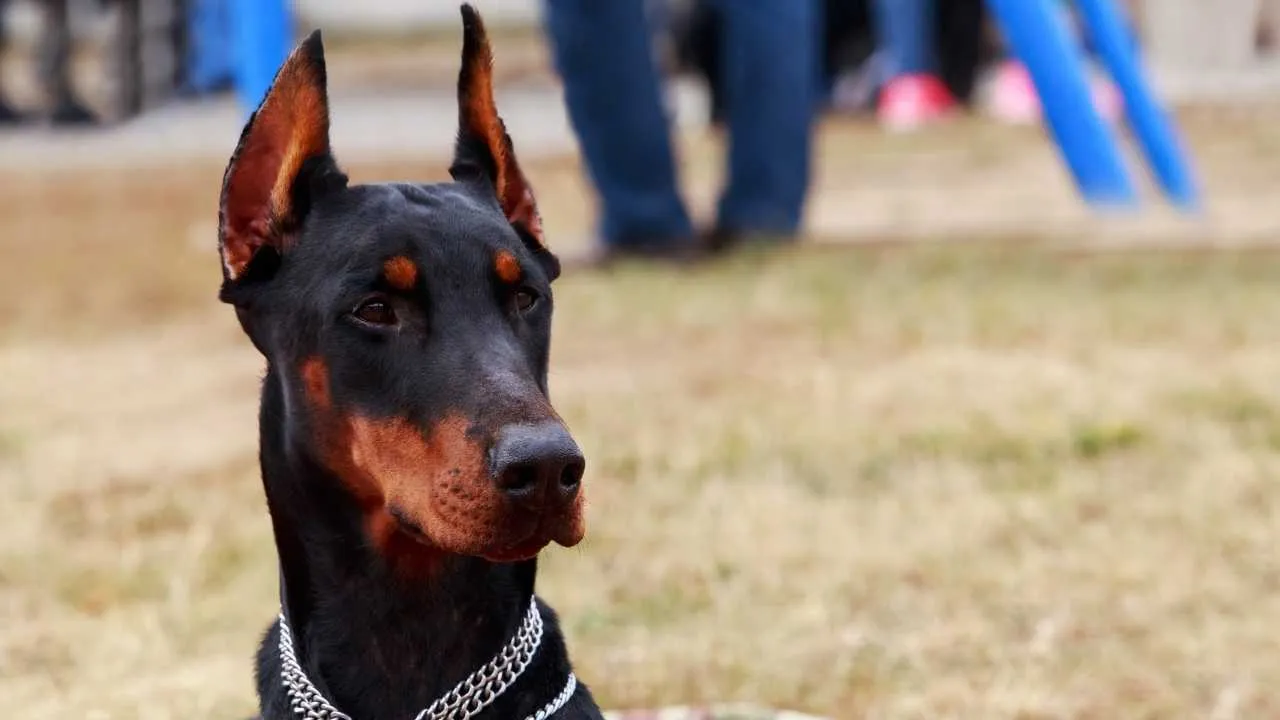
The Doberman Pinscher is valued for its constant vigilance, an asset in environments that require heightened security. Their ability to read body language makes them reliable in crowded areas where staff and patients move continuously. Their sharp instincts help identify unusual activity quickly.
Strength and Control
As one of the most athletic large dogs, the Doberman carries both speed and muscle in equal measure. They can sprint short distances with remarkable acceleration while maintaining enough control to stop when directed. Their physical capability supports duties where presence and strength deter intruders.
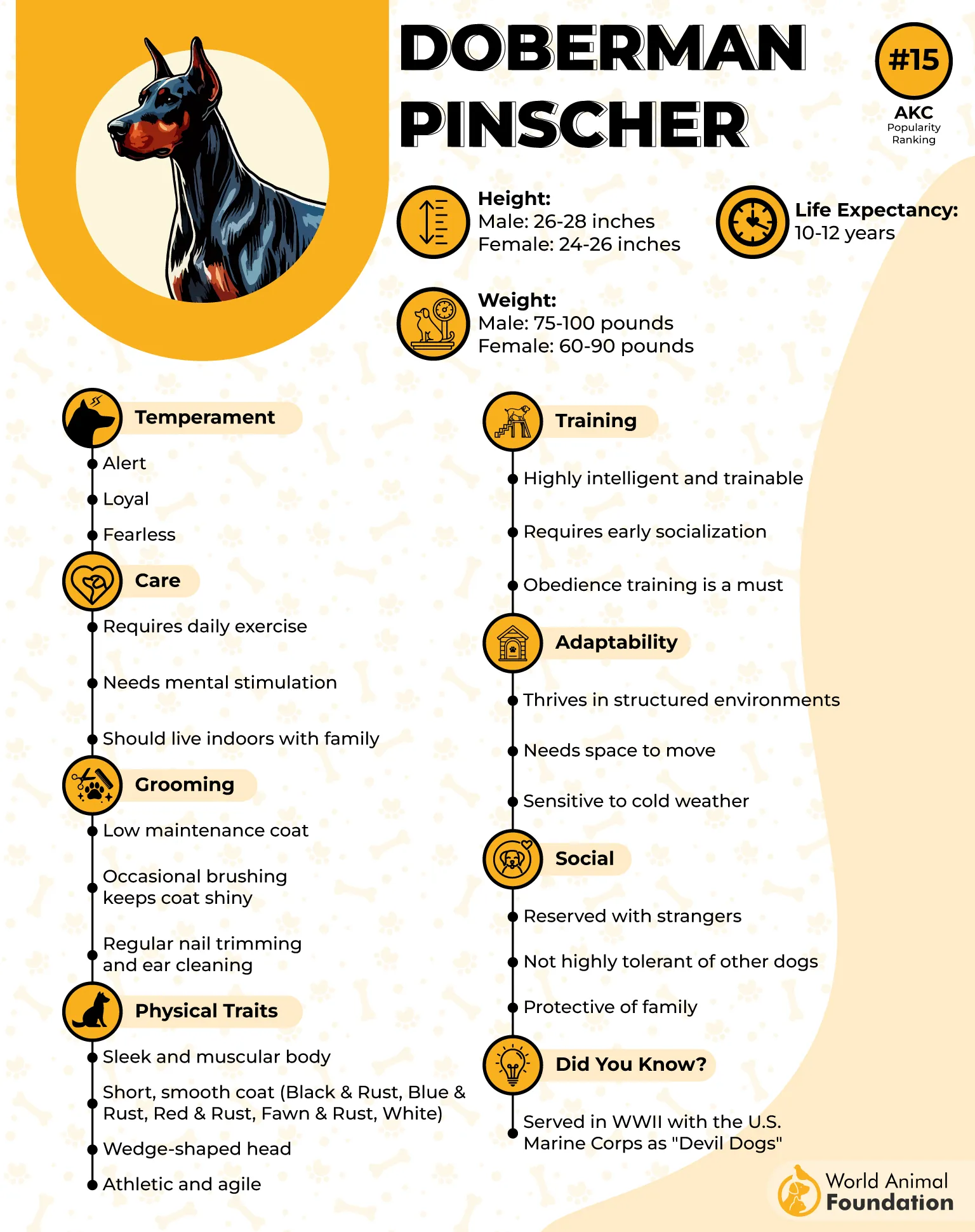
Trainability and Discipline
These dogs respond exceptionally well to structured sessions, and with proper training, they remain consistent even in noisy or stressful surroundings. A Doberman can follow advanced obedience routines that combine alertness with calm restraint. Such predictability allows them to function in professional settings without unnecessary tension.
Dependable Protection Style
Their protective nature blends loyalty with decisive action when situations call for it. In nurse units or healthcare facilities, they can act as a buffer that ensures boundaries are respected. Some common traits that stand out include:
Fast recognition of threats
Commitment to assigned individuals
Reluctance to abandon their post once on guard
7. Rottweiler
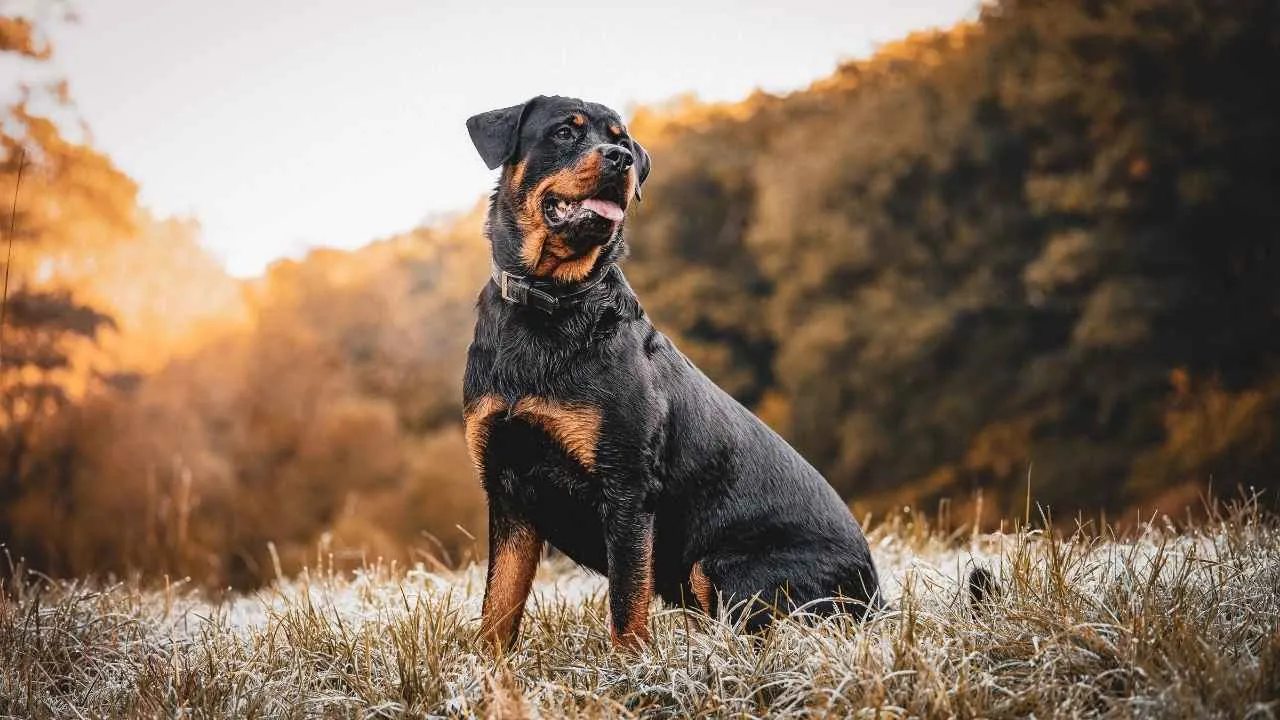
Rottweilers carry a muscular frame with broad chests and powerful jaws that make them natural deterrents in sensitive environments. Their size and posture alone create a secure atmosphere around areas requiring constant vigilance. This presence can discourage intruders before any escalation.
Reliable Guarding Instinct
The breed has a long history of working alongside people, from herding cattle to guarding property and families. That instinct has translated well into modern security roles where a steady temperament is valued. Rottweilers remain attentive without becoming unnecessarily reactive.
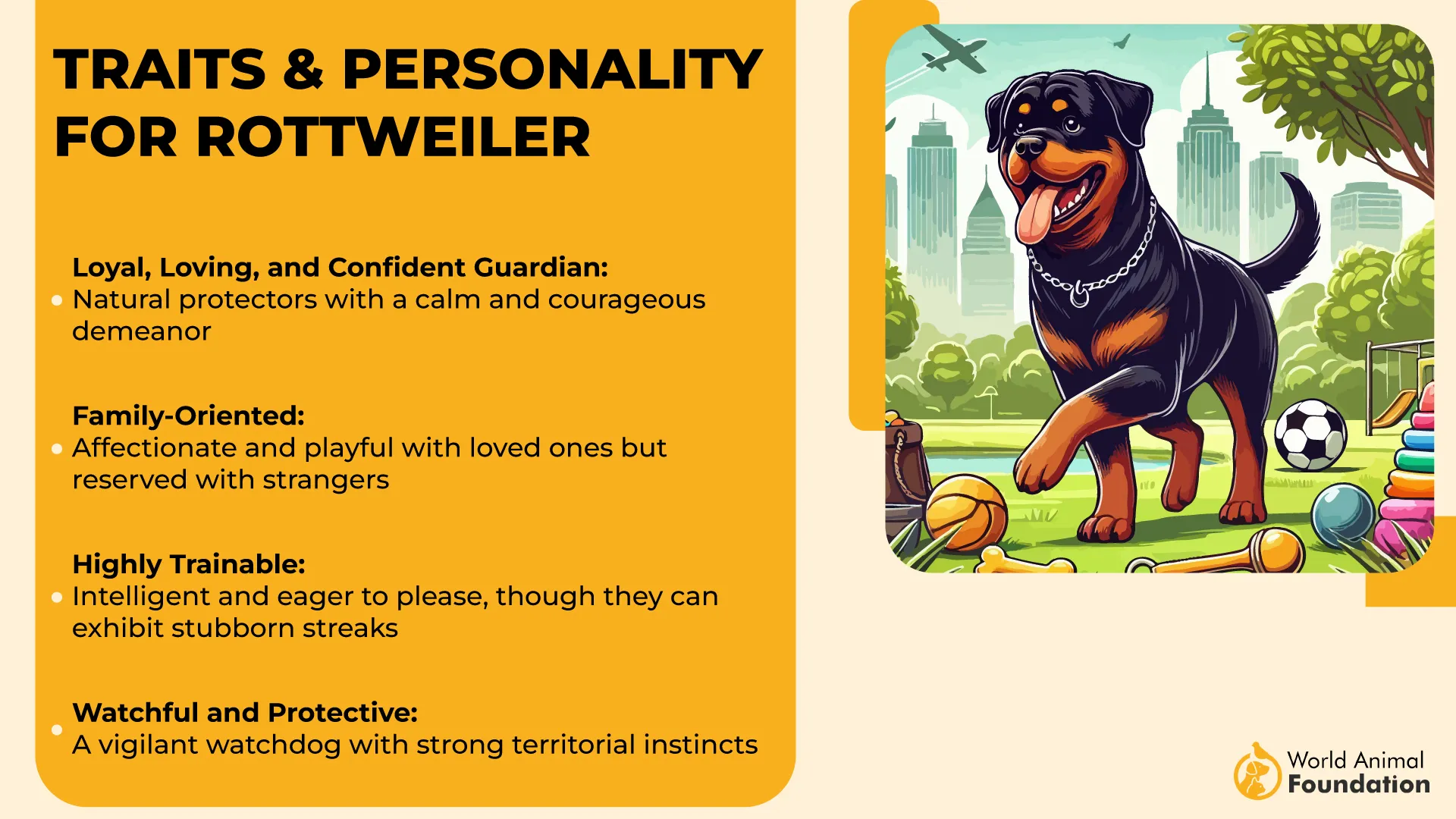
Adaptability in Busy Environments
A nurse’s unit requires calm yet watchful protection, and this breed’s ability to adapt to shifting activity is noteworthy. Rottweilers can remain patient in crowded spaces while still detecting unusual movement. Their measured reactions make them suitable for structured professional settings.
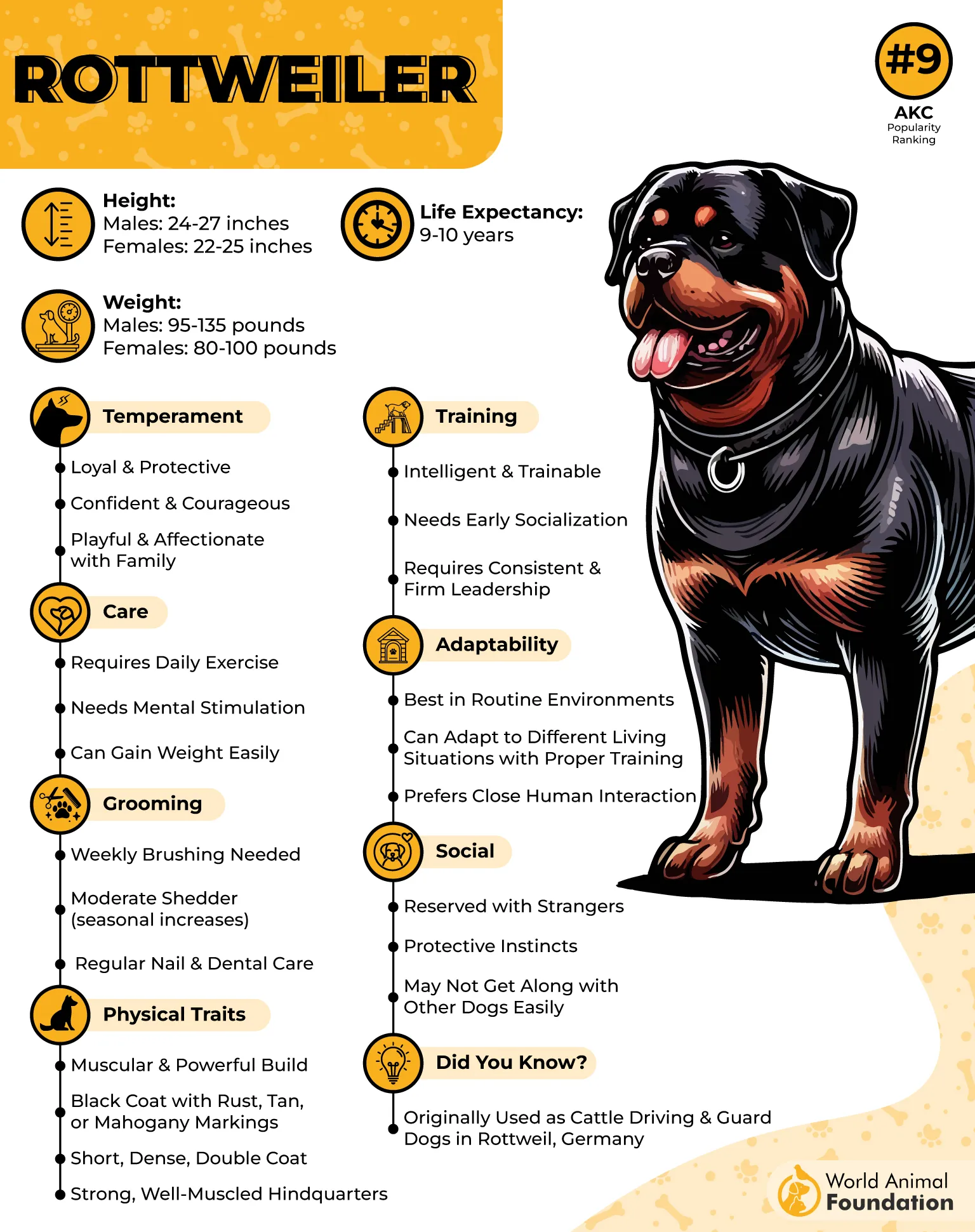
Loyalty and Protective Bond
These dogs are deeply bonded to their handlers and are known for stepping forward when a threat is sensed. Their protective behavior is based on loyalty rather than random aggression. This steady bond makes them trustworthy guardians in environments where safety cannot be compromised.
8. Giant Schnauzer
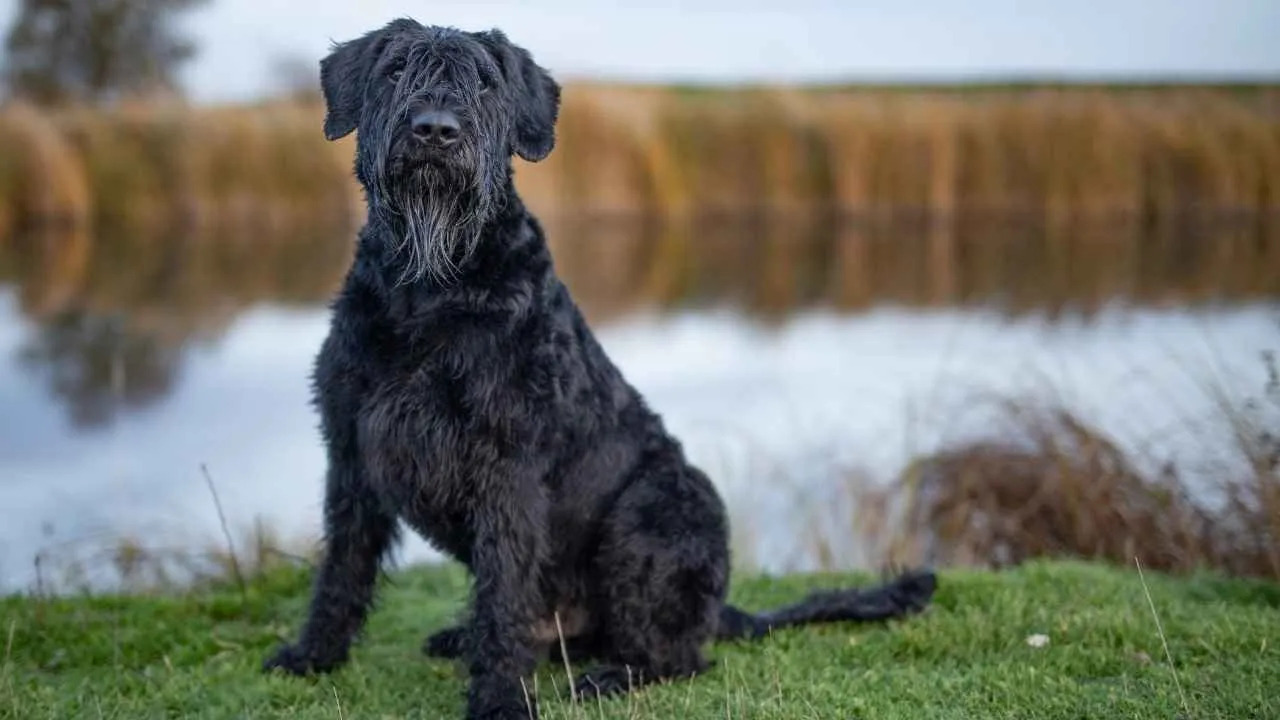
The Giant Schnauzer’s commanding size and muscular frame make it an intimidating deterrent to potential intruders. Their naturally suspicious nature ensures they remain attentive in busy environments like a nurse’s unit. This level of presence creates reassurance for both staff and patients.
Trainable Working Instincts
Originally developed for driving cattle and later serving in police work, they have retained sharp working instincts. Their trainability allows them to respond quickly to structured tasks and authority figures. In a unit setting, this means reliable reactions during emergencies.
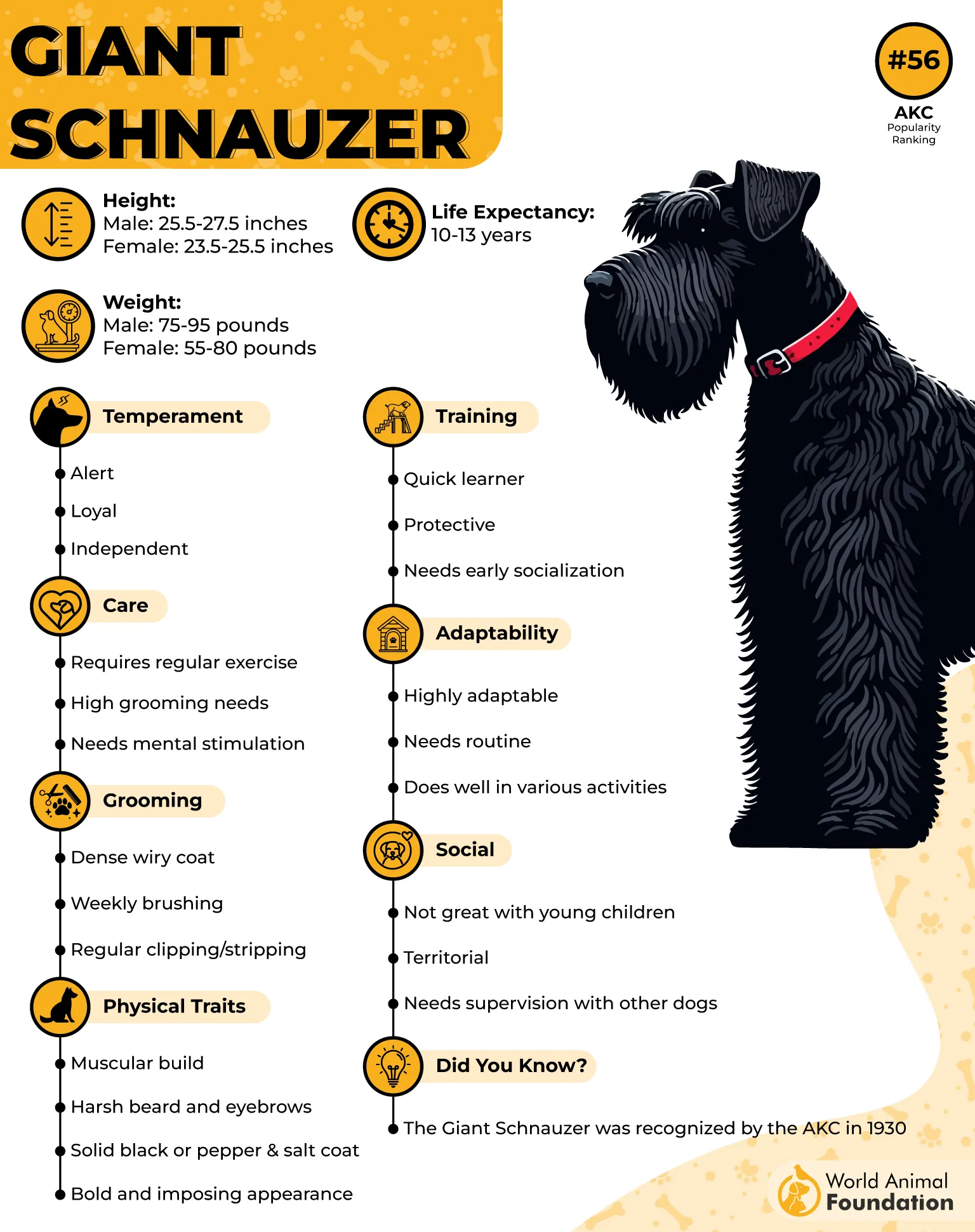
High Energy and Focus
These dogs require regular physical and mental engagement, making them ideal for active roles where vigilance is critical, as mentioned in PetMD. Their focus remains sharp even after long hours of activity. This stamina helps them stay alert during overnight shifts or extended duty periods.
Strong Protective Bond
Giant Schnauzers form deep bonds with the people they live and work with, displaying loyalty through watchful behavior. This protective bond extends naturally to group settings such as nurses’ units. Their combination of affection and assertiveness balances safety with companionship.
Conclusion
The breeds highlighted here show that protection is not limited to size or strength. Some were originally bred as herding dogs, while others proved themselves in roles like search and rescue, yet all share qualities that make them reliable.
It is a reminder that not all dogs are suited for guarding duties, but many dogs with the right early socialization and specialized training can rise to the task. Their mix of instinct and discipline has allowed them to become excellent guard dogs while still blending into daily life.
For nurses’ units where safety and trust are equally important, their calm demeanor adds reassurance. More than just companions, they provide both property protection and peace of mind, showing why they remain among the most trusted family dogs for loyalty and service.


